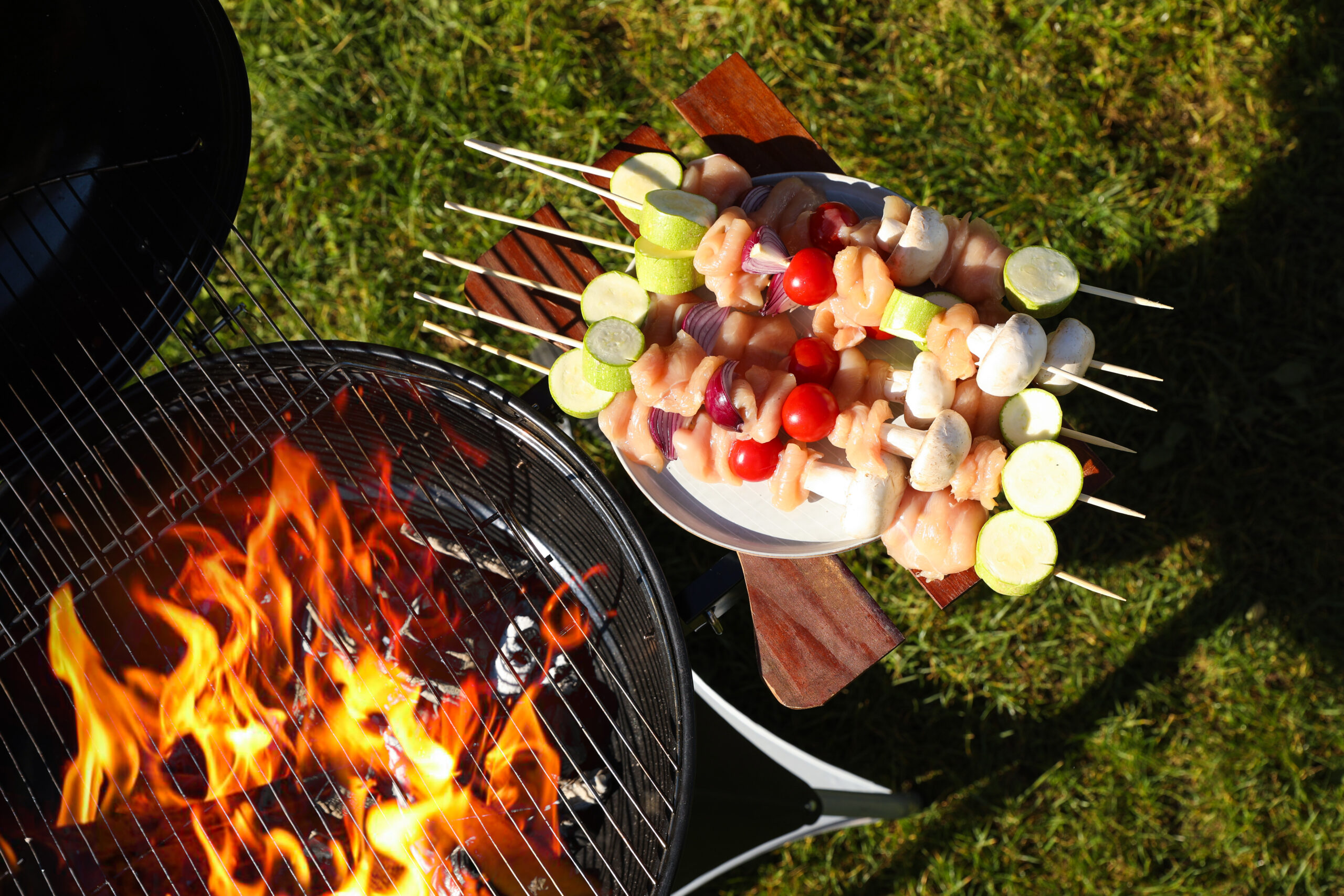Creating delectable desserts in the great outdoors requires a blend of traditional baking knowledge and wilderness cooking skills. While many assume camping desserts are limited to s’mores and simple treats, the possibilities are actually endless when you understand the techniques and tools available to you. The key to successful campfire desserts lies in preparation, temperature control, and creativity with ingredients that travel well.
The foundation of excellent campfire desserts starts with understanding your heat source. Unlike a conventional oven, campfire cooking offers varying heat zones that can be used to your advantage. The direct heat of flames works perfectly for quick-cooking desserts like grilled fruit skewers, while the consistent warmth of well-established coals provides the steady heat needed for more complex baked goods. Learning to read your fire and adjust your cooking method accordingly will elevate your dessert game significantly.

Dutch oven desserts represent the pinnacle of outdoor baking achievement, offering the ability to create everything from fruit cobblers to decadent chocolate cakes. The secret lies in proper coal placement and temperature management. For most baked desserts, you’ll want more coals on top than bottom – typically following a 2:1 ratio. This creates an environment similar to a conventional oven, allowing for even baking and that perfect golden-brown finish.
Fruit-based desserts prove particularly successful in camping situations, as many fruits travel well and provide a natural sweetness that’s enhanced by fire cooking. Grilled peaches drizzled with honey and topped with a sprinkle of cinnamon offer a simple yet sophisticated dessert option. Apples wrapped in foil with butter, cinnamon, and brown sugar transform into tender, caramelized treats that perfume the evening air with their enticing aroma.
Creative adaptations of home favorites can lead to surprising camping dessert successes. Consider transforming basic cake mix into orange cupcakes by hollowing out oranges and filling them with prepared cake batter. The orange peel provides both a natural baking vessel and infuses the cake with citrus flavor as it cooks. This technique works equally well with chocolate, vanilla, or spice cake mixes.
Temperature control becomes crucial when attempting more complex desserts. Investing in a basic infrared thermometer can help you gauge the temperature of your cooking surface while maintaining a supply of prepared coals ensures steady heat throughout the cooking process. For Dutch oven desserts, learning to rotate your oven and replace coals at regular intervals helps prevent hot spots and ensures even baking.
Storage and transportation of dessert ingredients require thoughtful planning. Pre-measure dry ingredients and pack them in waterproof containers or zip-top bags. Keep chocolate and other melt-prone items in a cooler until needed. Fresh fruits should be chosen based on ripeness and packed carefully to prevent bruising. Consider items that serve multiple purposes – for instance, graham crackers can be used for both s’mores and as a crumble topping for fruit desserts.






